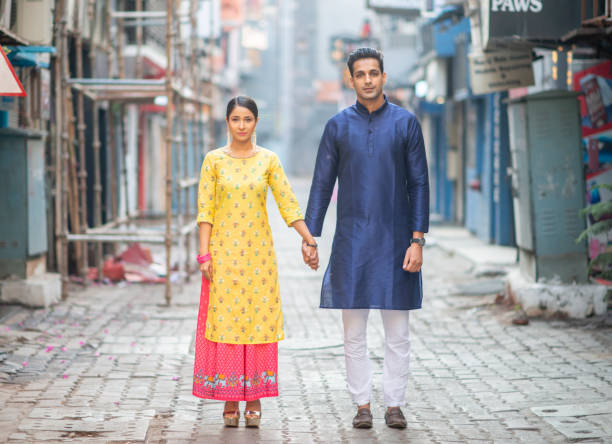16th March: The way that traditional attire and modern fashion interact offers an intriguing window into the conversation between the past and present. Through creative design, our partnership not only preserves cultural legacy but also advances it into the future.
Traditional attire has long been a marker of cultural identity, embodying the history, craftsmanship, and aesthetic values of a community. From the intricate embroidery of Eastern European folk costumes to the vibrant prints of West African dashikis, each piece tells a story of its origins and the people who made and wore them.
As global connectivity expands, fashion designers are increasingly drawing inspiration from these rich traditions. They are reinterpreting classic elements with a modern twist, making traditional motifs and silhouettes more accessible and relevant to today’s consumer. This fusion creates a dynamic space where cultural respect meets contemporary relevance.
One notable example is the incorporation of kimono-inspired designs in modern apparel. The traditional Japanese garment, known for its elegant simplicity and flowing lines, has been reimagined in various forms, from casual wrap dresses to avant-garde runway pieces. These adaptations pay homage to the kimono’s storied past while making it wearable for the modern fashion enthusiast.
Another trend is the resurgence of artisanal techniques in high fashion. Luxury brands are collaborating with skilled artisans to create pieces that feature time-honored methods such as hand-weaving, beading, and dyeing. This not only preserves these valuable skills but also elevates them within the luxury market, highlighting their unique value in a world often dominated by mass production.
The evolution of traditional clothing into contemporary fashion is not without its challenges. Issues of cultural appropriation arise when designers borrow elements without proper acknowledgment or respect for their significance. The fashion industry must engage in this cross-cultural exchange responsibly, ensuring that it supports and uplifts the communities from which it draws inspiration.
In conclusion, the blending of traditional clothing with contemporary fashion offers an exciting avenue for cultural expression and innovation. It allows us to celebrate our heritage while embracing change, creating a rich tapestry that reflects our diverse world.
By Sujata Muguda Shreyas WebMedia Solutions


